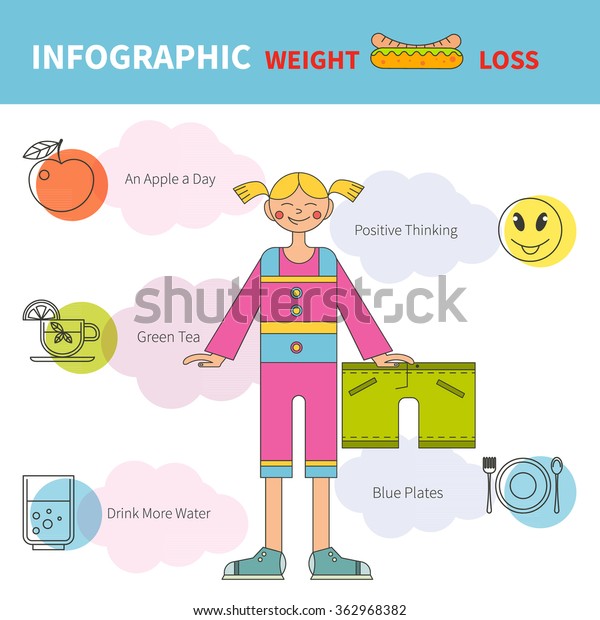The Process Of Cold Laser Therapy For Smoking Cessation
The Process Of Cold Laser Therapy For Smoking Cessation
Blog Article
What to Anticipate During a Cold Laser Technique Session
Cold laser treatment is a non-invasive, pain-free treatment that helps reduce inflammation and enhances cell regeneration. It is a safe option to intrusive procedures and often has prompt results.
Laser photons launch a domino effect of chemical reactions within the cell that lower pain, swelling, and accelerate recovery. It enhances blood flow to the area by inducing vasodilation.
What to Anticipate
Cold laser therapy is a non-invasive therapy that utilizes low-level laser light to pass through deep into injured cells, setting off cell feature on several degrees to promote tissue healing. This helps in reducing discomfort and inflammation, while promoting contraction and regeneration.
Throughout a session, you'll sit or relax comfortably and the professional will mark the locations on your body that need to be dealt with. The practitioner after that applies a tiny handheld gadget with the laser to the area. During the therapy, you may really feel a slight prickling or heat in the area of your injury.
Prior to beginning therapy, it's important to clean up the location of your injury and remove any type of jewelry or other things that could hinder of the laser's path. It's also necessary to stay clear of any type of flammable products that could be in the location of the laser beam of light. This will certainly guarantee your safety and security and the efficiency of the treatment.
Preparation
Cold laser therapy works by shining light on the surface of your skin. The light is absorbed by the top layer of your skin and afterwards boosts the cells to produce power that advertises recovery.
During the therapy, you might really feel a warm or prickling sensation in the area that is being dealt with. This is entirely normal, though you ought to let the professional recognize if the sensation is unpleasant or also solid.
This treatment has a lot of guarantee for assisting individuals with traumatic brain injury (TBI). The therapy is non-invasive and doesn't have any negative side effects. Nevertheless, more research study is required to determine the optimum therapy procedure. The most effective means to figure out if you are a candidate for this kind of therapy is to speak with a qualified physical therapist. They will have the ability to assist you identify if cold laser therapy is right for you.
The Therapy
Once the expert has effectively positioned you for therapy, they will then place the chilly laser device on the laser scar removal damaged area. They may maintain it on for 30 seconds or longer, depending on the size of the injury and its level of sensitivity. They will make use of safety goggles to guarantee that the laser does not directly strike the eyes, and they will certainly ensure that you are protected from any glow that might occur.
You may really feel a small prickling sensation on the location that is being treated, however it will certainly not be undesirable or unpleasant. This is an indicator that the laser is working to promote the recovery process in the influenced tissue.
A lot of people experience pain alleviation within a few sessions, with some seeing long lasting results even after a number of months of therapies. It is essential to keep in mind that LLLT is not indicated as a single treatment for any kind of chronic discomfort condition and it need to be paired with various other therapeutic methods in order to achieve maximum results.
Post-Treatment
After you lie down or sit, the practitioner will use a stick with a series of light-emitting diodes to target your pain website. You will certainly use safety eye safety glasses, and the laser may be held on your skin for 30 to one minute. You might feel a gentle, calming sensation during the treatment.
The photons from the laser pass through deep into your tissue, activating a recovery feedback on a cellular degree. Unlike other types of laser therapy, this low-intensity approach does not develop warmth.
Some researches have shown that chilly laser treatment is effective in treating a number of conditions, including chronic pain and wounds. Nevertheless, it is less extensively approved as a basic medical technique, and it isn't covered by numerous health insurance plans. Additionally, it is not recommended to be used over any type of questionable malignant sores or carcinomas or on pregnant females. You ought to constantly speak with your oncologist prior to seeking this form of therapy.